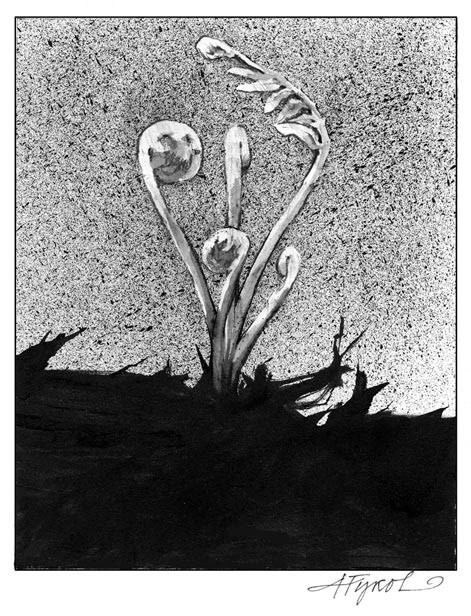
When the alarm sounded on a hot and dry weekday afternoon in April, fire crews from Londonderry, N.H., rushed in tanker trucks and pickups not to a burning house but to a fire at the Musquash Conservation Area.
With rakes, brooms, chainsaws and portable pumps, crews fought a blaze that eventually burned roughly 12 of the preserve’s 900 acres. The fire, though it affected only a tiny fraction of the preserve, left a swath of ash and singed oak, hickory and pine trees.
Devastation? Not really. Certainly, the landscape looked bombed out immediately after the fire. But within just a few days of the fire, new shoots of green were pushing up through the ashes. In some ways, the blaze may have been good for the woods.
One thing it did was open up new spots on the ground for the seeds to germinate.
Seeds can be enabled by a fire’s destruction of the duff layer on the forest floor. Duff, which includes fallen leaves, twigs, pine needles, and other forms of natural detritus, is a valuable resource in that it eventually composts into rich topsoil. But in areas where the duff has become too thick, or dry, it’s sometimes hard for seedlings to germinate.
The fire also freed nutrients to help fertilize eventual new seedlings. As the blaze traveled across Musquash’s forest floor, it incinerated ground plants, releasing such nutrients as potassium and phosphorous back into the soil. And these nutrients will give the seeds of trees, and eventually seedlings, a nice boost.
Although charred and void of the lush greenery that typically signifies a healthy forest, burned-over woods usually begin regenerating almost immediately after the first rainfall. In the soil, seeds that had been dormant for years probably get a jumpstart from that moisture and those additional nutrients. In some spots at Musquash, flames reached high enough to thin leaf canopies, which now means more sunlight can reach any new growth.
The Musquash fire may have helped the woods in still another way. In some areas the blaze probably burned off the residues of plant chemicals, known as allelochemicals, which certain plants, such as golden rod and bracken fern, use to discourage growth of competing plant species. The heat of a forest fire can break down those chemical compounds, leaving the soil free to accept other plant species.
Still more good news: The fire at Musquash probably was not hot enough to destroy many of the seeds germinating or waiting to germinate under ground. Even if it had, said Phil Auger of the University of New Hampshire Cooperative Extension, a forest does not rely entirely on its seed banks, the cache of seeds protected under the duff layer, for regeneration.
“Seed has an amazing ability, thanks to birds mainly, to show up where you least expect it,” said Auger, an Extension educator. “It just gets trucked in from incredible distances.”
Walking in Musquash a month after the fire, I was struck by the fire’s path of destruction. In one step, I passed from a world of lush green foliage into another with alien surroundings of bare branches and blackened forest floor.
As I entered the burned area, I noticed that the pine needles that remained on the lower branches had taken on an eerie orange color. Fallen trees, homes to rodents and insects, had become crisp charcoal logs. But a closer inspection also revealed much life, some of it new. Overhead, still rustling in the wind, were the leaves that the flames hadn’t reached. And underfoot, was that emerging new growth. Sprigs of grasses were sprouting everywhere and bright green mini ferns were uncurling from the crunchy ash cover.
In five years, brush and small saplings will have returned to the affected area. Within a decade, the Musquash Conservation Area fire of 2009 will be nearly undetectable to the untrained eye, according to Londonderry Conservation Chairperson Deb Lievens.
“It’ll grow back, and you’ll hardly be able to tell,” said Lievens reassuringly. “There is a lot of natural regeneration going on all the time.”

